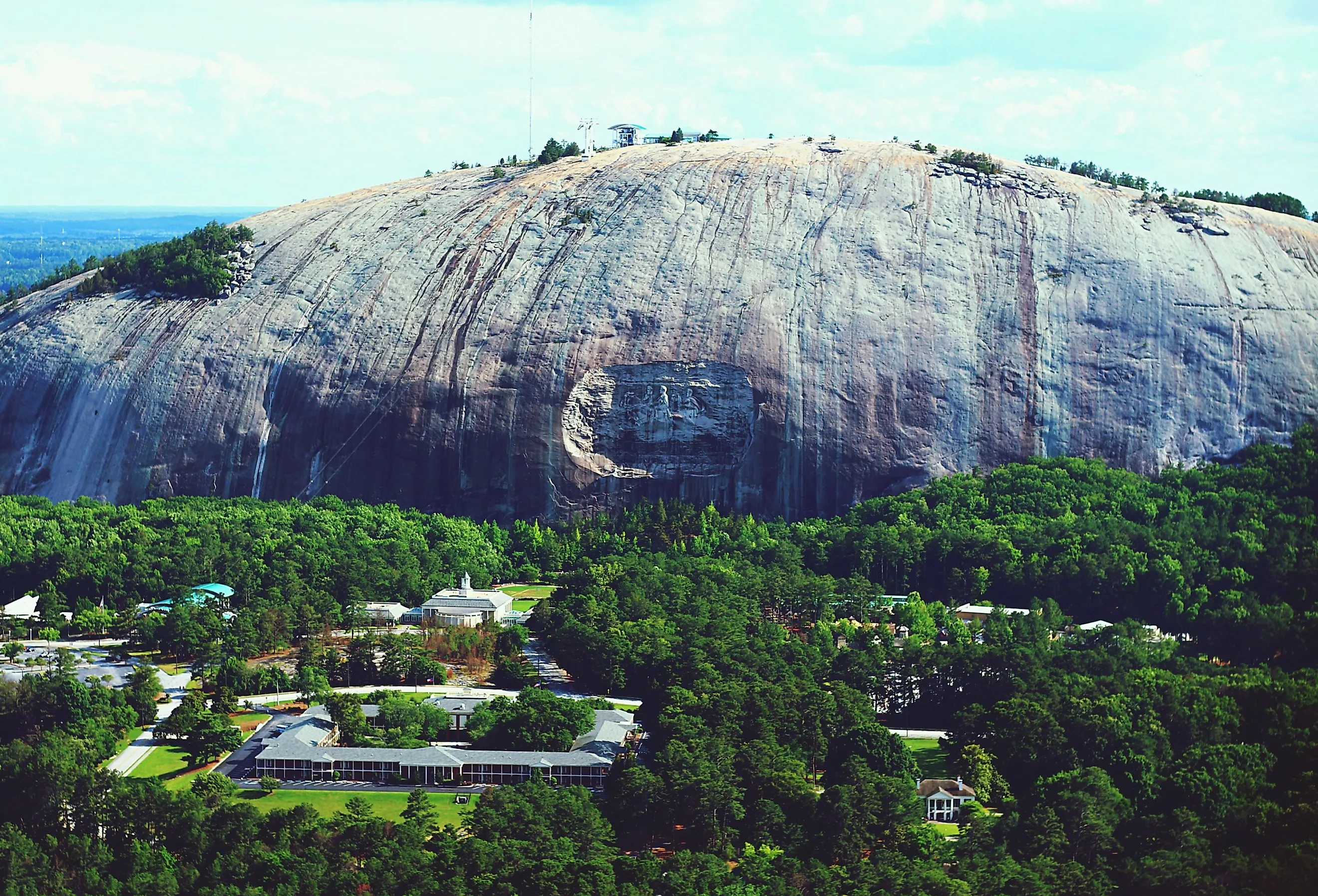
Stone Mountain, Georgia
Stone Mountain, Georgia, is no stranger to controversy. The massive Confederate monument carved onto the mountain's side has been a source of debate for many years. Some believe the state should remove the memorial, while others think it should remain a reminder of history. In 2016, the park came under fire for hosting a 'pro-white' rally that anti-KKK counter-demonstrators opposed. In addition, symbols such as confederate flags and swastika tattoos are occasionally equipped by those who believe the monument validates their hateful ideologies. However, Stone Mountain is far more ancient than the 20th-century carving suggests, and the area is a valuable tourist destination within the state.
A Classic Tourist Destination
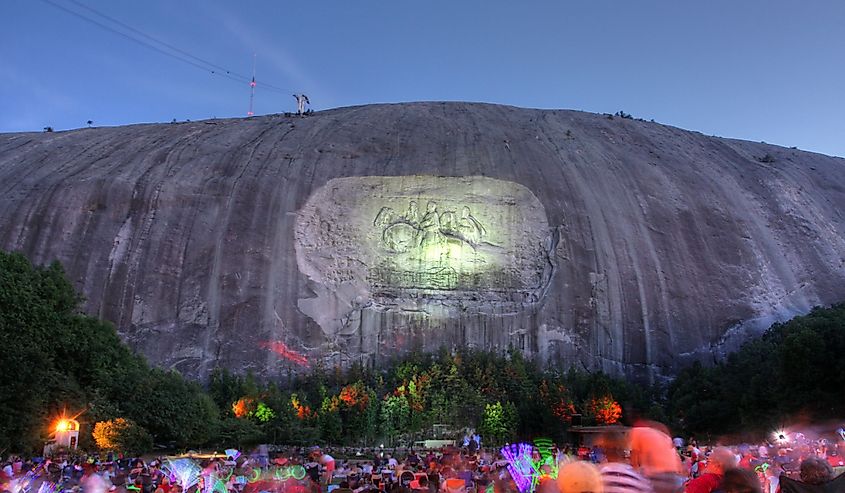
Set just east of the capital city of Atlanta, Stone Mountain is a jewel in northern Georgia. It is the site of Stone Mountain Park, one of the country's most visited attractions, and home to two golf courses and a cable car system providing unparalleled views of the mountain. Featuring rocky terrain and views of Georgia's rolling hillsides, Stone Mountain Park offers visitors endless opportunities for outdoor recreation alongside world-class attractions such as a 4-D theater, a public boat ramp, and more. True to its name, Stone Mountain stands out from the crowd with its unique geology. At 825 feet tall, and made almost entirely from solid granite, it is the largest exposed monolithic stone in the world—an impressive sight both day and night.
The History of Stone Mountain
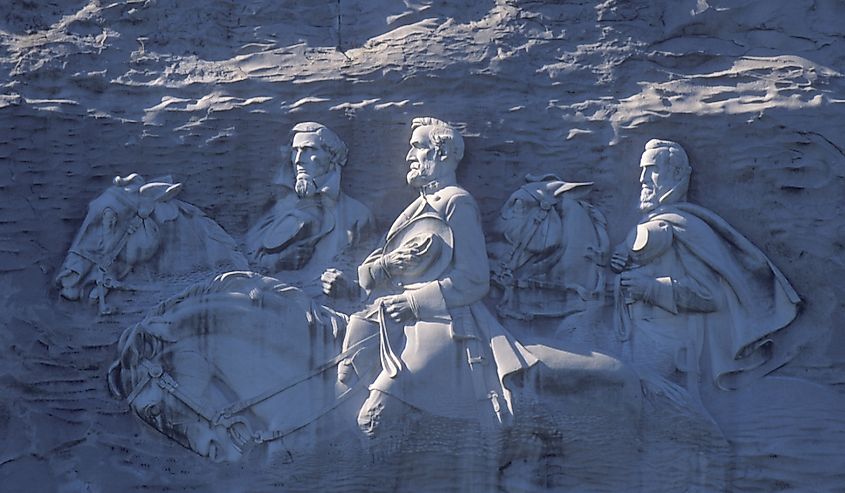
Stone Mountain began as an Indigenous American mound and developed into a tourist attraction by 1850, upon the forced displacement of local tribes. Helen Plane, a Confederate and Ku Klux Klan sympathizer, proposed the carving, and the movement picked up in 1910. In 1915, Gutzon Borglum worked on carving Confederate figures of Stonewall Jackson, Robert E Lee, and Jefferson Davis into the 800-foot rock at the summit. However, progress stopped because of WWI, and the carving remained incomplete despite three other sculptors taking over the project from 1924 to 1964. The entire carving was finally completed in 1972 after segregation-supporting governors invested in the project. Predictably, they also allowed the site to be a KKK meeting area for many years. With sightings of KKK sympathizers in the 2010s, Georgia state representative Stacey Abrams demanded that the carving be sandblasted from Stone Mountain because she determined it to be "a blight upon our state." In 2020 the Stone Mountain Memorial Association board unveiled a 'truth-telling' exhibit that also moved the park's Confederate flag plaza to somewhere less trafficked.
Ongoing Protest Efforts

The protests calling for the removal of the Confederate carving on the rock face are a manifestation of the modern equality movement sweeping through America. In 2020 armed anti-Confederacy protestors marched through the area. In 2022, a hundred peaceful activists marched through the park to again decry the monument and its link to chattel slavery. These opponents of the memorial point out its unavoidable association with slavery and racism, underlining the need to tear it down. Furthermore, supporters of the monument are notorious for donning 'White Lives Matter' paraphernalia, which many link to the segregationist history of the park. This ongoing stand-off echoes similar issues across the American south as people increasingly begin to recognize structures put into place that have served to further inequality and perpetuate discrimination. While it may take some time until government officials hear these calls, they are a powerful element that shows how public opinion can shape public policy.
A Potential Negative if Removed
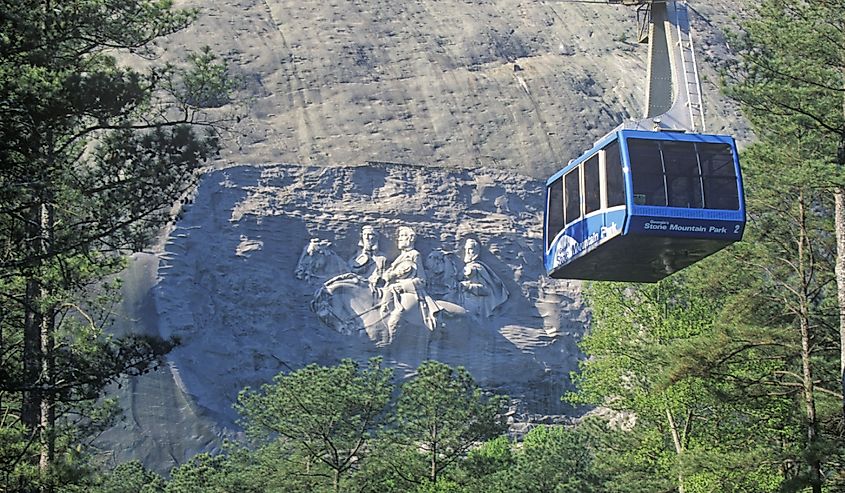
The potential removal of the Stone Mountain carving could significantly impact tourism in the region. The 76-foot tall and 160-ft wide carving is one of the Southern states' most popular tourist attractions, boasting millions of annual visitors. If it were gone, many regional businesses and services that benefit from tourism, such as restaurants, hotels, tour guides, souvenir shops, and others, would suffer a loss of income. Also, with fewer overall visitors to the region, local government funds that rely on taxes collected from overnight stays would be adversely affected. Therefore, the decision to remove such an iconic and historically significant monument is not a light one, as both local communities and national tourists alike would feel the impact of those changes.
A Sacred Indigenous Site
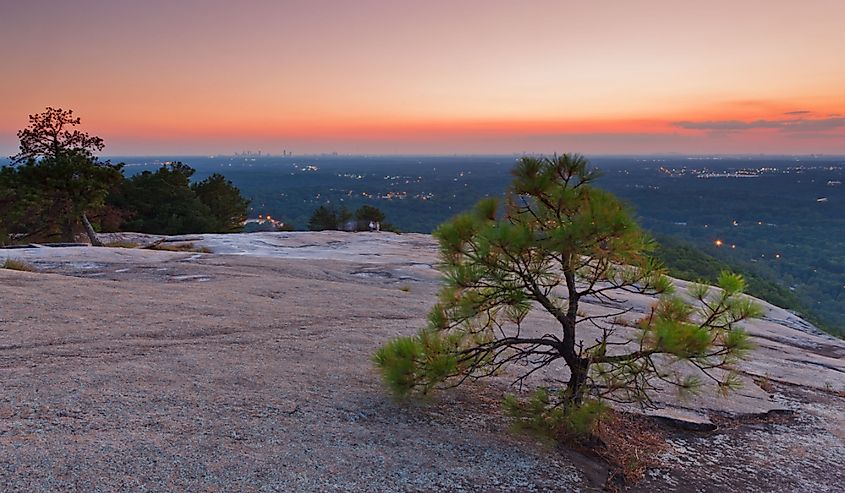
Stone Mountain is important in the country's history, and many have debated whether it should be a sacred site for Indigenous Americans. Although numerous tribes undeniably used it for religious ceremonies before colonists' arrival, the land's appropriation has diminished its cultural significance to indigenous people. In its current form, Stone Mountain is a vivid reminder to indigenous people of the abuse their ancestors suffered. Rather than being recognized as sacred by modern-day ruling powers, Stone Mountain remains a symbol of conflict between different cultures. This lost opportunity is a sobering reminder that despite modern progress toward racial equity, the American Government must strive to better understand and appreciate long-standing traditions and people groups.
Conclusion
Stone Mountain is a majestic and complex landmark. Its history reflects the country's internal struggles. Depending on one's perspective, its unique character is an endorsement of the nation's past misdeeds or a commemoration of humanity's complexity. In any case, it is up to the residents surrounding Stone Mountain to decide its future. Additionally, there is still a fair debate over whether Stone Mountain should be a sacred Indigenous American site. As such, what remains most important is that residents consider all perspectives when deciding how to handle this cherished national landmark.











